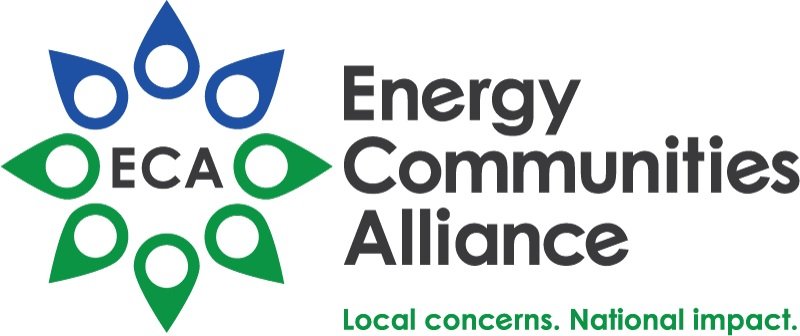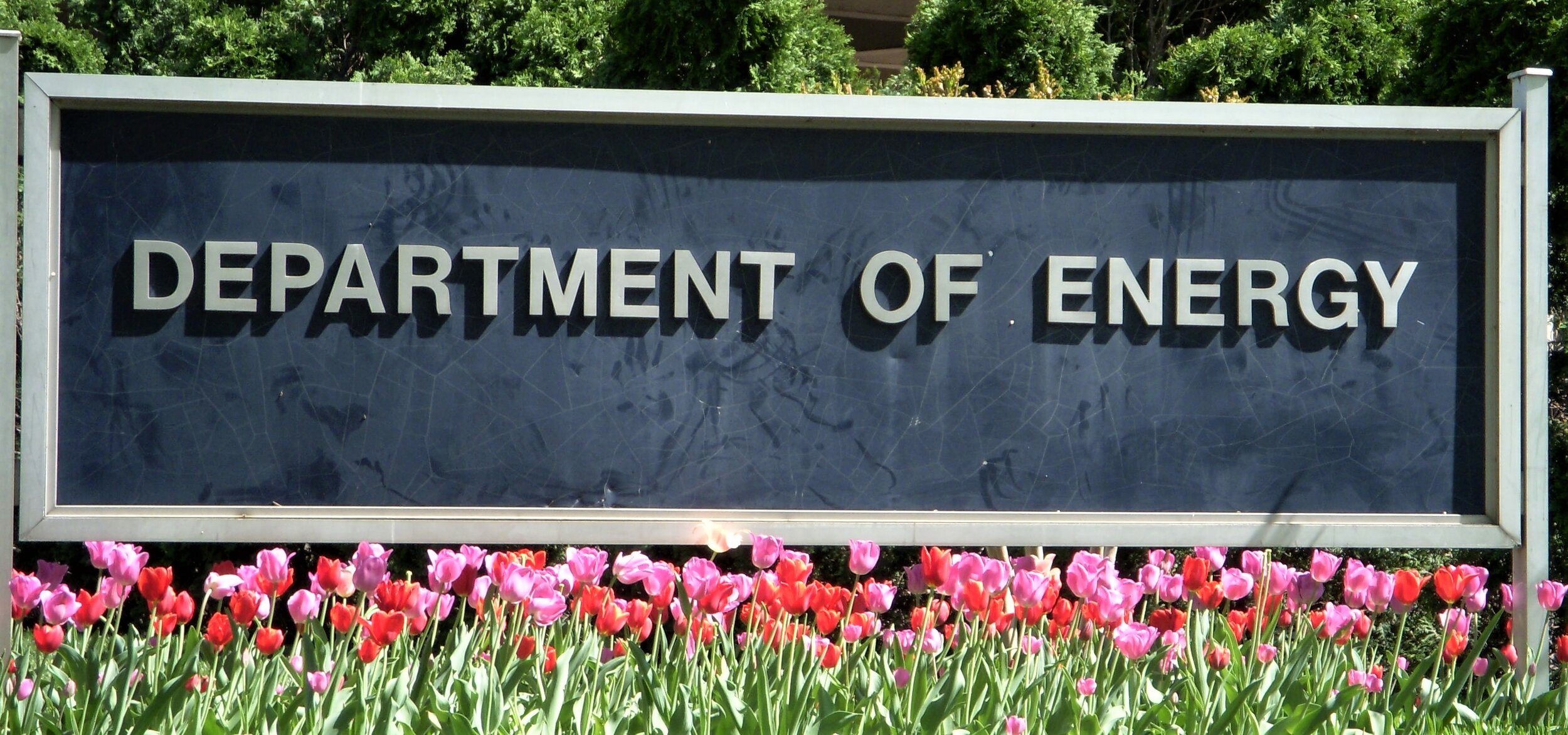Community input in DOE FY23 budget; Nuclear's place in $3.5 trillion reconciliation bill
DOE tackles department wide budget, community input integral
While work and negotiations in Congress continue on FY22 appropriations bills, the Department of Energy (DOE) is currently drafting its own department-wide budget for FY23.
In the early months of this year, each DOE-EM site was tasked with developing budget priorities and providing opportunities for public input. DOE prepared a budget outline by examining requests from previous years and the current spending year.
As a reminder for all DOE site managers and local governments – DOE is supposed to reach out to local governments directly to seek input on cleanup priorities. If DOE does not remember to reach out, local governments can reach out to the site managers directly.
From February-May, DOE and sites discuss priorities, and individual sites developed their budget proposals. From June-September, EM is tasked with coordinating the budget to the Secretary of Energy; DOE typically aims to complete its full budget request by August of each year although it may be delayed depending on the process with the current year budget. OMB remains open to public input through September.
According to the published budget proceedings timeline, in September, DOE’s Chief Financial Officer and Budget Director will brief OMB on DOE’s overall budget (NE, NNSA, EM, Office of Science, EERE, LM, etc.) while making changes in accordance with the Secretary’s feedback. In November-December, DOE should receive an updated budget from OMB and negotiate a final proposed budget. From October 2021-January 2022, DOE cannot discuss the upcoming budget numbers with the public; however, local communities may continue to provide unsolicited input during this time.
While details about the FY23 budget request will not be known until next year, each year communities surrounding DOE sites should begin meeting with Field Office Managers and DOE budget officials to convey their site priorities as the budget is created. Additionally, DOE should be pro-actively seeking input from local governments about critical federal funding issues such as defense environmental cleanup and, if applicable, payments-in-lieu-of-taxes (PILT). If the public input period earlier in the year was insufficient for expressing local concerns and priorities, communities should contact DOE directly and ask for briefings and the opportunity to provide input on priorities that are being developed at their respective sites.
Public input is a key part of the budget development. For example, for EM the most impact people are the people closest to the sites, the people that work at the sites and the people that may be impacted by the remediation activities.
DOE leadership should make it a priority to reach out the local governments directly to seek input on the budget and priorities.This Administration needs to make it clear that it is a priority for the Administration (as past Administrations have done).
A $3.5 trillion reconciliation bill - what's in it for nuclear?
In August, the Senate passed a nearly $1 trillion infrastructure package by a 69-30 bipartisan vote. While the legislation currently awaits consideration in the House, Democrats in Congress are pushing ahead on a $3.5 trillion budget resolution.
The initial Senate resolution provides recommendations from the Senate Budget Committee to other committees, which work to create their own portions of the final budget plan. The bill itself has yet to be written in full, and its elements will likely change as it works its way through committees.
One such body, the House Science, Space and Technology Committee, has released legislative text that would advance approximately $15.8 billion to the Department of Energy, the majority of which would go to the Office of Science. Of the Office’s funding, portions would be allocated to support research and development related to environmental cleanup, as well as infrastructure projects at various laboratories. The Office of Nuclear Energy would also receive funding, including $95 million toward the Versatile Test Reactor and a combined $247 million for various Advanced Test Reactor projects.
The budget resolution directs committees to submit their reconciliation legislation by September 15. However, it is unlikely that all of the committee drafts will be ready by this deadline, and almost certain that a continuing resolution (CR) will be passed to avoid government shutdown at the end of the month.
The White House recently released a list of items that would not be given sufficient coverage under the upcoming CR. This list includes requests for additional Uranium Enrichment Decontamination and Decommissioning funding for Oak Ridge, Portsmouth, and Paducah. According to the document, “Without this anomaly, the program will not have sufficient total resources to continue cleanup activities and maintain the workforce” at the sites.


